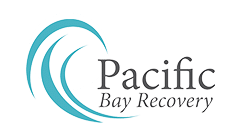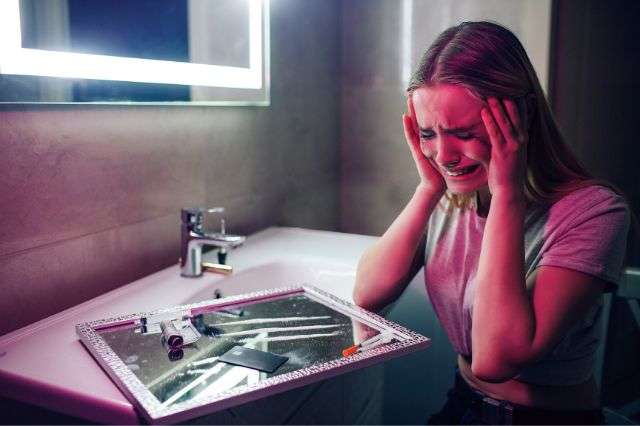A healthy first step toward substance abuse recovery is creating a treatment plan with a provider. This personalized roadmap is going to help to set up realistic expectations, establish goals, and keep track of your progress.
Treatment plans ought to consider how substance use affects all areas of your life, which include your financial, social, physical, and mental health. This paperwork is fluid and ought to be updated as your unique needs change over a period of time. Below is a list of the main points of a substance use disorder treatment plan:
1. Diagnostic Summary
The provider will assess your mental health conditions, medical history, and substance abuse patterns. Based upon those evaluations, they’ll summarize the primary issues that brought you to treatment, and suggestions such as behavioral therapy and medication.
2. Problem List
The list covers specific problems you want to work on while in treatment, as well as a summary of the symptoms and signs illustrating your problem.
3. Goals
After coming up with the problem list, it is time to consider solutions. Goals are short statements concerning what you’re looking to change and ought to be:
- Reasonably achievable within the period of treatment
- Broad (rather than concentrating on eliminating a behavior, concentrate on how you can replace harmful behaviors with healthy ones)
- Based on the problem list (at least one problem should be directly associated with substance use)
4. Create a healthy diet plan.
5. Objectives
Objectives are steps you’ll take to accomplish your goals, while goals are things you’re looking to change. Objectives ought to be “SMART”:
- Specific
- Measurable
- Attainable
- Relevant
- Time-limited
6. Interventions
These include the methods the treatment professional uses to help to complete each of the objectives.
7. Evaluating and Tracking Progress
The provider keeps comprehensive notes in the chart to keep track of your progress and assess whether the treatment is working. Usually, it includes information on changes in your condition, your response to treatment, as well as adjustments to your plan. Also, they might ask that you jot down your behaviors, feelings, and thoughts.
8. Long-Term Care Planning
While conducting treatment planning, the clinician might go over relapse prevention and long-term maintenance care. After you have finished the initial treatment plan, the continuing care program might involve:
- Taking prescription medicine, which includes medicine-assisted treatment for alcohol use and opioid disorders
- Continuing therapy appointments with your counselor
- Going to regular support groups or 12-step meetings
Below is a list of the most common addiction treatments setting patients on a successful recovery path:
Detox
Medically-assisted detoxification enables you to rid the body of addictive substances while in a safe environment like a detox clinic. It’s beneficial because substance withdrawal occasionally may produce unpleasant or life-threatening physical symptoms. Because detoxification doesn’t treat addiction’s underlying behavioral causes, it’s generally used along with other types of therapies.
CBT (Cognitive Behavioral Therapy)
CBT (Cognitive Behavioral Therapy), according to American Addiction Centers, is an excellent treatment tool, as it may be used for several different kinds of addiction, which includes prescription drug addiction, alcohol addiction, and food addiction. Not just can Cognitive Behavioral Therapy help to recognize your unhealthy behavior patterns, but it’ll also help to learn to develop coping skills and identify triggers. Cognitive Behavioral Therapy may also be combined with other therapeutic methods.
REBT (Rational Emotive Behavior Therapy)
REBT (Rational Emotive Behavior Therapy) might help to recognize any negative thoughts and provide methods of combatting feelings of self-defeat. The aim of Rational Emotive Behavior Therapy includes helping to realize that rational thinking’s power lies within yourself and isn’t associated with external stressors or situations.
Twelve-Step Facilitation
Twelve-step programs (12-step facilitation therapy) may be used in the treatment of substance and alcohol abuse. It’s a type of group therapy and includes the recognition that addiction has many negative consequences that may be physical, spiritual, emotional, and social. Such therapy starts with acceptance, moving to surrender to a higher power, and ultimately transitioning to involvement in regular group meetings. Programs such as AA (Alcoholics Anonymous) make use of group meetings for mutual support and discussion.
Treatment Using Medication
Medicine plays a crucial part in recovery when it is used along with behavioral therapies. Specific medicine may be used to decrease cravings, reduce addictive behaviors, and improve mood.
If you or a family member are having trouble with an addiction, you do not need to battle it on your own. Speak with a medical specialist. There are successful treatments like Pacific Bay Recovery’s detox program San Diego available that will help to overcome addictions.


